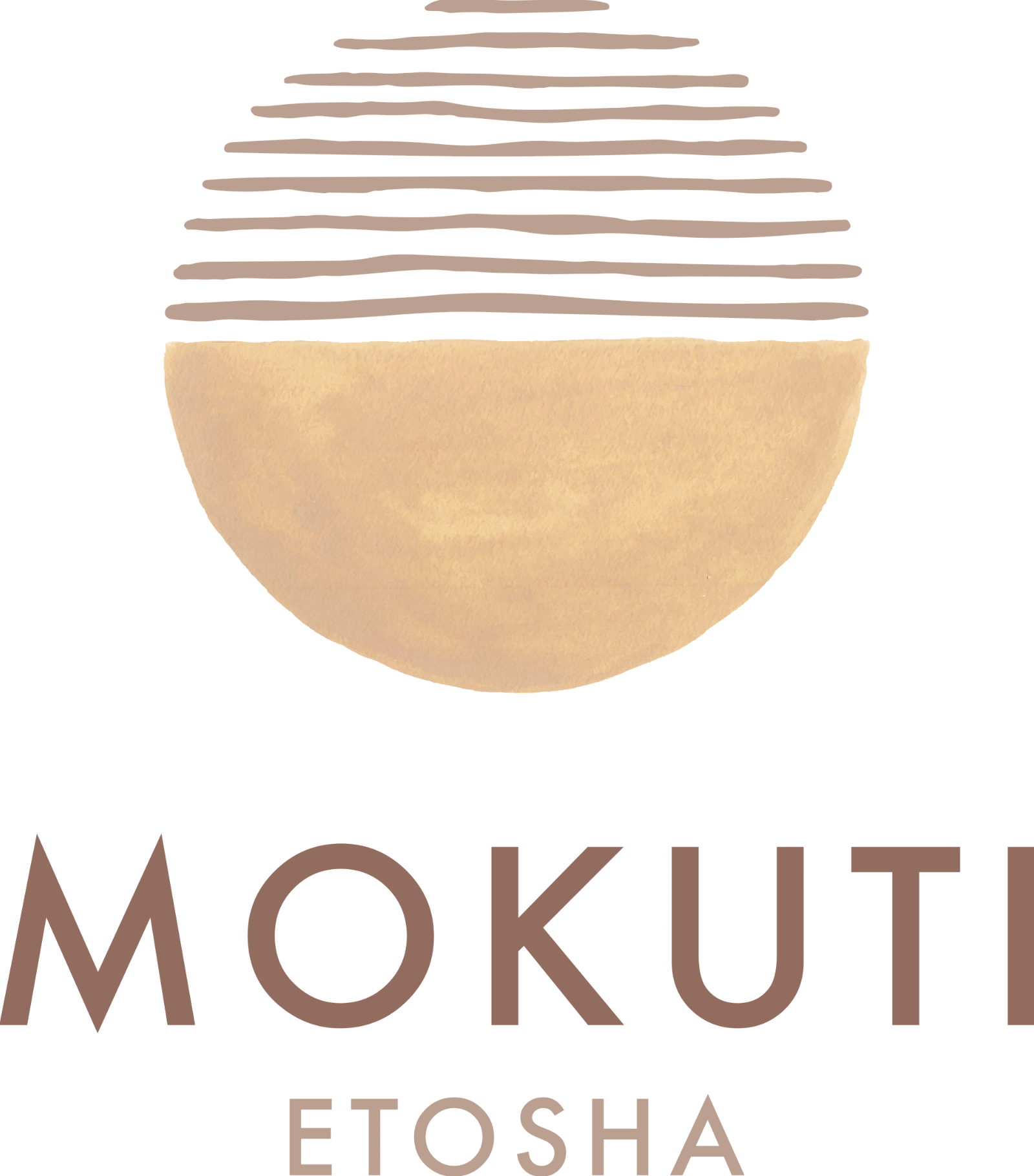HAI//OM TRADITIONS AND CULTURE KEPT ALIVE AT MOKUTI ETOSHA

“Experiencing the feeling of being one with nature has been the most enjoyable part"
A glorious sunrise greets us as we gather at our vehicle after a scrumptious breakfast - energised and ready for the bushwalk with the local Hai//om, who will show us how they live off the land in harmony with nature for hundreds of years.
We are taken to one of the first waterholes on the 4300-hectare lodge, Elandspos, a mere 20-minute drive
from Mokuti Etosha, where our walk with the Hai//om will begin. Excitement is rife and as part of a larger
group, I cannot wait to learn more about the ancient culture and traditions.
Having read up on the Hai//om, I know that they are a subgroup of the larger SAN tribe, popularly believed
to be indigenous to southern Africa, which, of course, includes Namibia. The area south of Etosha Pan was
once the dominion of the Hai//om – a native community who hunted and gathered around the pan.
The German colonial administration established the park in 1907 but tolerated and indeed welcomed the presence of the Hai//om, much of whose traditional territory had been colonised by settlers. The Hai//om remained in the park until 1954 when they were eventually forced from their ancestral home.
When Werner List purchased Farm Kleinbegin he welcomed the presence of the Hai//om who had been
part of the farm before his arrival and he drew them into the workings of the lodge from the very beginning. Today, their traditions and cultures live on at Mokuti Etosha and they are an integral part of the 30+ year legacy that is Mokuti.
Incidentally, the name Hai//om literally translated means ‘tree sleeper’. As foragers Hai//om slept in
trees when they were unable to return to their huts, for example during a hunting trip. They used to make
a fire underneath the trees to protect themselves from mosquitoes and night predators. Being up in a tree also afforded them a better outlook on possible food sources such as antelope.
We arrive at Elandspos where Petrus and Bernus greet us in their language while dressed in their traditional attire, complete with bow and arrow. Seeing this and hearing their local language with all the beautiful clicks is an experience on its own. Iskia Schaum, a descendant of the Hai//om translates for us as we set out on our early morning walk. He shares, that this is the best time of the day as animal tracks and other evidence of the night and early morning is freshly preserved or as he says – the newspaper is freshly printed.
We begin our walk and almost immediately Petrus stops and points out signs in the bush. At first, we do
not see anything, but Petrus shows us a place under the bush where an animal most likely spend the night. The grass is flattened and close by dung from a Steinbock (steenbok), a small antelope is seen, suggesting that this solitary animal spend some time here, resting and grazing. We also discover a track, which Bernus confirms is that of the Steinbock.
The Steinbock marks his territory and has learned to cover its dung with sand as a safety measure. By doing
so the scent is minimised, making it more difficult for predators such as leopards and lions to find the
Steinbock.
We continue our journey and Bernus points out a variety of trees including the Raisin bush, Tamboti and Acacia trees, all of which play a role in the life of the Hai//om. Bernus explains that the Raisin bush offers edible fruits which have a sweetish taste while the stem can be chewed as medicine for an upset stomach. Furthermore, fermented fruit is sometimes made into an alcoholic drink and porridge is made from dry flour by pounding the dry fruits. SAN people have used the branches to make bows and arrow shafts for centuries. A tough rope can also be manufactured from the fibres of the inner bark.






Share This Post